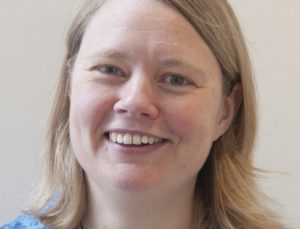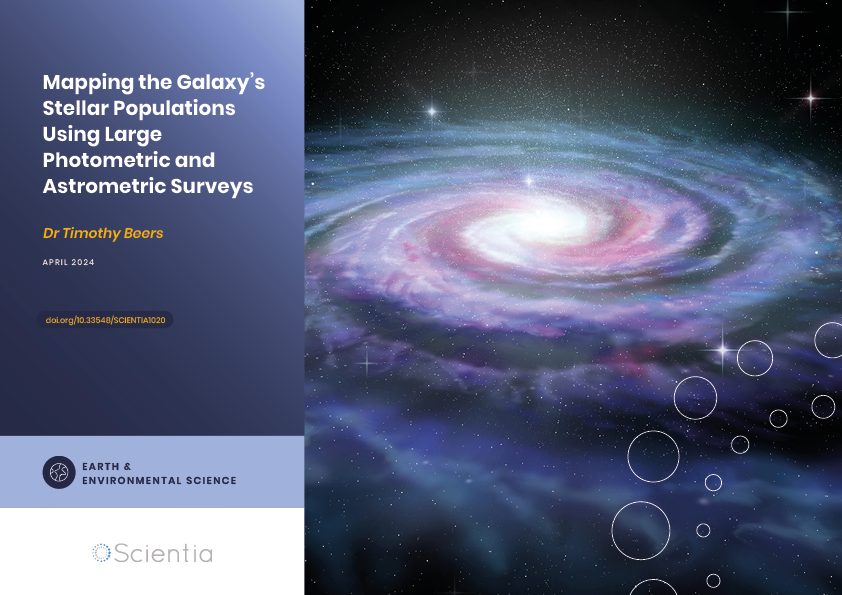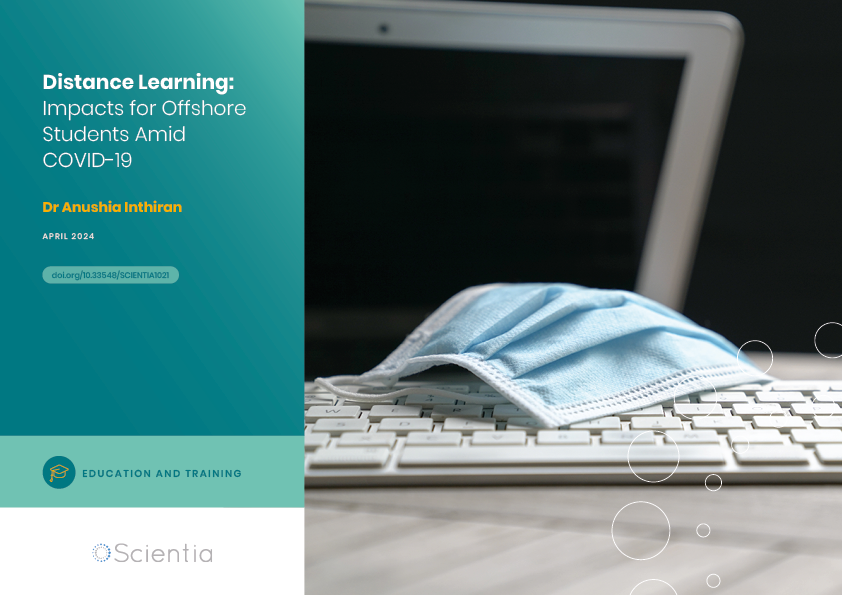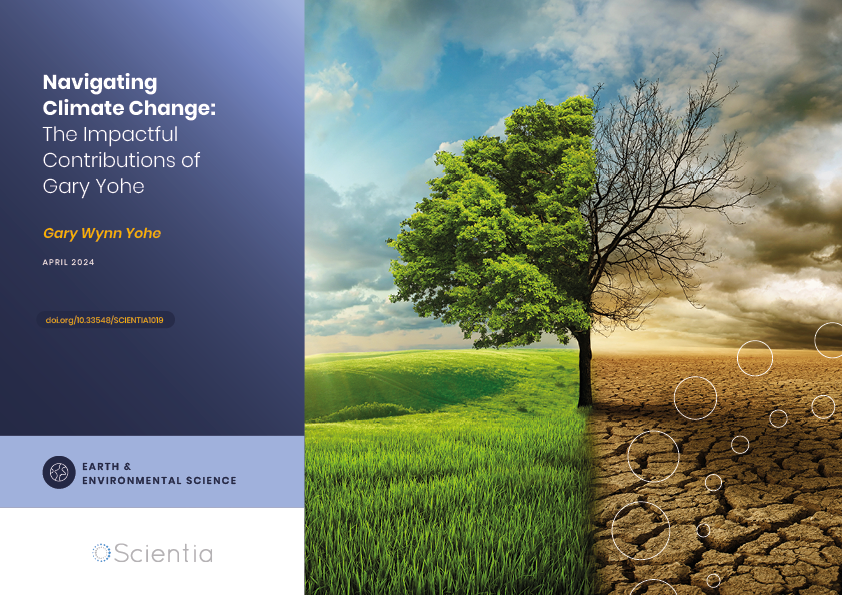Dr Elinor Karlsson – Community Science: Studying Cancer in Pets and People
The presentation and characteristics of cancer in dogs often resemble those seen in people. This observation led Dr Elinor Karlsson, based at the University of Massachusetts Medical School and the Broad Institute of MIT and Harvard, to consider whether these pets could be a good model to study the disease in humans. Dr Karlsson, along with an established multidisciplinary team of collaborators, is working to identify the similarities between cancers in humans and dogs and translate this into better therapeutic approaches for both species.
Leading Cause of Death in Dogs
With six million dogs diagnosed with cancer every year in the USA, cancer is the leading cause of death in these pets. Our furry friends are exposed to the same environmental factors as their owners and suffer from many of the same types of cancer. It should not come as a surprise then, that dogs often respond to the same treatments as humans diagnosed with cancer.
However, cancer tends to have an accelerated course in dogs, enabling clinical trials to be conducted more quickly and easily in dogs than in humans. For Dr Elinor Karlsson, this makes canine cancer an ideal model for human cancer. Our pet dogs represent an unparalleled opportunity for researching the risk factors that are involved in cancer and how this disease progresses. ‘To fully utilise family dogs as a model, we need to understand in far more detail the similarities and differences between dog and human cancers on both genomic and clinical levels,’ explains Dr Karlsson. ‘Finding canine and human cancers that share driver genes and pathways will enable development and clinical testing of new targeted genetic therapies in dogs that could help people too.’

A New Way to Detect Cancer in Dogs
While dogs may present as an ideal model to study human cancer, according to Dr Karlsson, this approach only works if research teams are ‘able to assemble much larger canine-patient cohorts than currently feasible.’ Under normal circumstances, obtaining tumour biopsies from dogs can be extremely difficult, or even impossible, if owners decide on only palliative care or if the dogs are seen at a small veterinary facility with only limited resources.
To overcome this difficulty, Dr Karlsson and her team are using an innovative technique known as ‘blood biopsy’ that was originally developed for humans and adapting it for use with dogs (more details at https://www.broadinstitute.org/blood-biopsy). Using an approach developed by Dr Karlsson’s collaborator, Dr Viktor Adalsteinsson at the Broad Institute’s Gerstner Center for Cancer Diagnostics, the team can detect cancer from a sample of blood by analysing DNA released from dying cells and circulating in the blood. While most of the DNA will be from non-cancer cells, this non-invasive procedure can distinguish the DNA released by tumour cells in a person, or a dog, with cancer.
The technique involves the collection of blood samples in special tubes to avoid damage to the DNA strands. Other than that, it is no different from the blood draws done for other clinical tests, and can be completed easily in any veterinary clinic. The sample is shipped to the Broad Institute Genomics Platform, where the amount of DNA is measured and then sequenced to identify the genetic mutations in the tumour.
Dr Karlsson recently completed a pilot study that demonstrated how this method can be adapted to capture and analyse free DNA circulating in the bloodstream of dogs. In this study, the team collected blood samples from 27 dogs with tumours with a high risk of metastasis, including hemangiosarcoma, lymphoma, and osteosarcoma. They showed that they could find and sequence DNA in every sample, and they identified tumour DNA in over 50% of samples.
Blood biopsy has many promising applications in both the human and veterinary clinic, including as a diagnostic test, and as a non-invasive way to monitor patients undergoing treatment. This method could change the way we treat cancer in dogs and people, although there are still many outstanding questions that the team is working to address in their current research. Dr Karlsson and her team are excited about exploring its potential to reveal whether a given patient is responding to therapy, enabling doctors to evaluate and potentially change therapies quickly. For example, by enrolling dogs undergoing chemotherapy and who are closely followed in the veterinary clinic, blood samples can be taken at controlled intervals, and used to measure whether the blood biopsies accurately predict whether the therapy is working. This approach will also help guide the application of blood biopsy as a diagnostic and monitoring technique in human patients, which is an important goal for the team.
‘In the future, we anticipate that the insights gained from studying pet dogs will help us develop more targeted and effective treatments for human cancers.’

A Better Genetic Understanding
The blood biopsy project started when Dr Karlsson realised that she needed a new approach to studying canine cancer if she wanted to understand the genetics of the disease and develop more effective therapeutics. Two different kinds of genetic mutations can lead to cancer. Somatic mutations are mutations that arise as the tumour grows inside a person or a dog. Germline mutations are genetic mutations an individual inherits from their parents. Some germline mutations may make somatic mutations more likely, which puts an individual at a high risk of cancer. For example, people who inherit germline mutations in the genes BRCA1 and BRCA2 have a high risk of somatic mutations that cause breast cancer.
One reason why dogs are of such interest to cancer researchers is that germline cancer mutations are common in some dog breeds. By focusing on these high-risk breeds, scientists can find the germline mutations more easily. The first cancer Dr Karlsson studied was osteosarcoma (bone cancer) when she was a graduate student at Boston University. Some dog breeds are particularly susceptible to osteosarcoma, including greyhounds and rottweilers, a sure sign that germline genetic mutations are involved. Dr Karlsson’s research sought to find those germline risk factors in dogs, since that could provide the first clue to what causes this disease. In both people and dogs, osteosarcoma typically starts at the ends of the long bones in the arms and legs then metastasises to the lungs. Critically, the researchers found that by comparing affected and unaffected dogs in different breeds, they could identify germline risk factors, and common pathways underlying the development of disease.
At this point, though, the research progress slowed dramatically. Even with the high disease rates in dog breeds, cancer is an incredibly complex disease, and many more dogs were needed to take the next steps. This roadblock stymied progress not just on osteosarcoma, but also on two other canine cancers that were promising models – lymphoma and angiosarcoma. For lymphoma, comparing three breeds (boxers, cocker spaniels, and golden retrievers) showed that boxers had more aggressive forms of the disease, whereas golden retrievers had a more treatable version, reflecting different germline mutations between the breeds.
For angiosarcoma (a blood vessel tumour), it turned out that both the canine and the human tumours have multiple mutations in some of the same proteins and mechanisms that are crucial for cancer development. ‘We have shown through detailed molecular profiling of canine angiosarcoma that the genetic landscape of these tumours is similar between dogs and humans,’ notes Dr Karlsson.
One example is a gene called tumour protein p53 (or TP53 for short), which was the gene most often mutated in angiosarcomas in golden retrievers. Not surprisingly, TP53 is also frequently mutated in human angiosarcomas. Known as the ‘guardian of the genome’, this gene can protect the genetic information in the cells, which means any TP53 mutations may destroy one of the cells’ strongest defence mechanisms.
The researchers also found several mechanisms affected by this type of cancer. One of them was a pathway known as PI3K, which plays an important role in metabolism and immunity. In humans, this pathway is commonly affected in many types of cancer, such as glioblastoma, breast, gastric, colorectal, lung, and endometrial cancers.
Identifying these mutations in osteosarcoma, lymphoma and angiosarcoma is critical for both humans and dogs as it provides new insights into disease pathogenesis for both species. Understanding these mutations may prove key to determine the best treatment options in both humans and dogs. Yet, in each of these cancers, the intriguing initial findings were difficult to follow up on because of the sampling problem. Tumour biopsies are hard to get, and the studies were just too small. Further work is needed with larger sample sizes to offer a more complete comparison between tumours in various locations.
‘Our results highlight how the genetics of angiosarcoma in dogs and humans is similar. Because angiosarcoma is rare in people, genomics is difficult, and dogs are helping us search for new therapeutic options for this terrible disease,’ summarises Dr Karlsson.
‘Our results highlight how the genetics of angiosarcoma in dogs and humans is similar. Because angiosarcoma is rare in people, genomics is difficult, and dogs are helping us search for new therapeutic options for this terrible disease.’

The Future is Community Science
Seeing the opportunity to dramatically increase study sizes while increasing engagement with dog owners, in 2015 Dr Karlsson launched a community science project called Darwin’s Ark. To date, her team has enrolled over 28,861 dogs and collected responses to nearly 3,056,323 owner survey questions. The idea is to recruit more dogs into research utilising genomic analyses, while streamlining the collection of detailed information about the dogs’ behaviour and health. Embracing modern technology, the project uses a web portal, which allows owners to provide accurate information more readily than any traditional approach, in which typically researchers had to spend considerable time contacting owners or veterinarians for the data required.
Modelling their approach on the successful Count Me In Initiative for direct-to-patient studies of rare human cancers, the team is launching the Darwin’s Dogs Cancer Project. The Cancer Project will allow owners to provide information about their dogs’ cancer diagnoses and treatments. Some dog owners will also be asked to attach a special type of tag to their dog’s collar for a few weeks, as part of a trial testing new technology for measuring what chemicals are in the environment. The team is excited to pilot the enrolment of canine cancer patients via the website for blood biopsy studies and environmental studies. The pairing of a web-based community science approach with a non-invasive sampling technique like blood biopsy could be the key to enabling large-scale genomic studies of canine cancers.
Pets are uniquely placed to help improve our understanding of cancer. Not only do humans and dogs share many similarities, in terms of biology and genetics, but companion animals share our environment and are exposed to the same environmental factors. ‘Studying spontaneous cancer in dogs can provide important information that informs subsequent studies in both human and veterinary medicine, ultimately leading to advancements in the care of people and dogs affected by cancer,’ Dr Karlsson concludes.
Reference
https://doi.org/10.33548/SCIENTIA656
Meet the researcher

Dr Elinor K. Karlsson
Associate Professor
University of Massachusetts Medical School
Worcester, MA
USA
Dr Karlsson completed her PhD in bioinformatics at Boston University, Massachusetts, in 2008. She then completed a postdoctoral position at Harvard University, Massachusetts, and joined the University of Massachusetts in 2014 as an assistant professor. Dr Karlsson remains at the University of Massachusetts where she is now an associate professor, and as well as the Director of Vertebrate Genomics at the Broad Institute of MIT and Harvard, where she manages a team with expertise in comparative genomics. Dr Karlsson has been the recipient of multiple prestigious awards throughout her career, including the NSF Graduate Research Fellowship, the American Cancer Society Postdoctoral Fellowship and the Charles A. King Trust Postdoctoral Research Fellowship. Dr Karlsson leads a team of graduate students and postdoctoral researchers, heading up an impressive number of projects. Dr Karlsson is the founder and chief scientist of Darwin’s Ark (https://darwinsark.org/), an innovative approach in which pet owners become active participants in science projects. Current projects, such as Darwin’s Ark, combine the study of genetics, behaviour and health to advance the understanding of complex diseases.
CONTACT
E: Elinor.Karlsson@umassmed.edu
T: @eenork
KEY COLLABORATORS
Kate Megquier, DVM PhD
Heather Gardner, DVM PhD
Michelle White, DVM PhD
Cheryl London, DVM PhD
Kerstin Lindblad-Toh, PhD
Viktor Adalsteinsson, PhD
Corrie Painter, PhD
FUNDING
National Institutes of Health
FURTHER READING
K Megquier, J Turner-Maier, R Swofford, et al., Comparative genomics reveals shared mutational landscape in canine hemangiosarcoma and human angiosarcoma, Molecular Cancer Research, 2019, 17(12), 2410–2421.
H Gardner, J Fenger, C London, Dogs as a model for cancer, Annual Review of Animal Biosciences, 2016, 4, 199–222.
I Elvers, J Turner-Maier, R Swofford, et al., Exome sequencing of lymphomas from three dog breeds reveals somatic mutation patterns reflecting genetic background, Genome Research, 2015, 25, 1634–1645.
EK Karlsson, S Sigurdsson, E Ivansson, et al., Genome-wide analyses implicate 33 loci in heritable dog osteosarcoma, including regulatory variants near CDKN2A/B, Genome Biology, 2013, 14, R132.
Want to republish our articles?
We encourage all formats of sharing and republishing of our articles. Whether you want to host on your website, publication or blog, we welcome this. Find out more
Creative Commons Licence
(CC BY 4.0)
This work is licensed under a Creative Commons Attribution 4.0 International License. 
What does this mean?
Share: You can copy and redistribute the material in any medium or format
Adapt: You can change, and build upon the material for any purpose, even commercially.
Credit: You must give appropriate credit, provide a link to the license, and indicate if changes were made.
More articles you may like
Dr Timothy Beers | Mapping the Galaxy’s Stellar Populations Using Large Photometric and Astrometric Surveys
Astronomers often use spectroscopic (electromagnetic radiation) data and astrometric (motion and positional) data to develop working models describing our Galaxy. Dr Timothy Beers from the University of Notre Dame and his collaborators in Korea and China combined large photometric (visible light) surveys and astrometric data to create multidimensional maps of a large part of the Galaxy. By highlighting significant inhomogeneities in stellar-chemical compositions, motions, and spatial distributions, Dr Beers and his colleagues provide valuable insights into how we can advance our understanding of the formation and evolution of our Galaxy.
Dr Anushia Inthiran | Distance Learning: Impacts for Offshore Students Amid COVID-19
The COVID-19 pandemic significantly disrupted global education and necessitated a shift to online learning. Due to ongoing border closures, even after the pandemic eased, offshore students were prevented from attending their university in person long after their local peers, impacting their learning ability and future perspectives. Dr Anushia Inthiran from the University of Canterbury conducted a survey among a group of offshore students to understand the consequences of distance learning on their education.
Dr Sébastien Weber | PyMoDAQ: Navigating the Future of Data Acquisition
In an era where data is paramount, Dr Sébastien Weber and his team at CNRS, the French National Centre for Scientific Research, are changing the landscape for scientists and engineers with PyMoDAQ, an open-source data acquisition software. Their revolutionary tool stands out for its accessibility, versatility, and the thriving community it fosters.
Professor Gary Yohe | Navigating Climate Change: The Impactful Contributions of Gary Yohe
Professor Gary Yohe is a distinguished environmental economist whose work has been pivotal in shaping our understanding of climate change impacts, adaptation strategies, and policy frameworks. His interdisciplinary approach combines economics with environmental science, offering nuanced insights into global warming and its multifaceted impacts on natural and human systems. Professor Yohe equips us with the knowledge and strategies needed to navigate the complex and pressing challenges posed by climate change.




